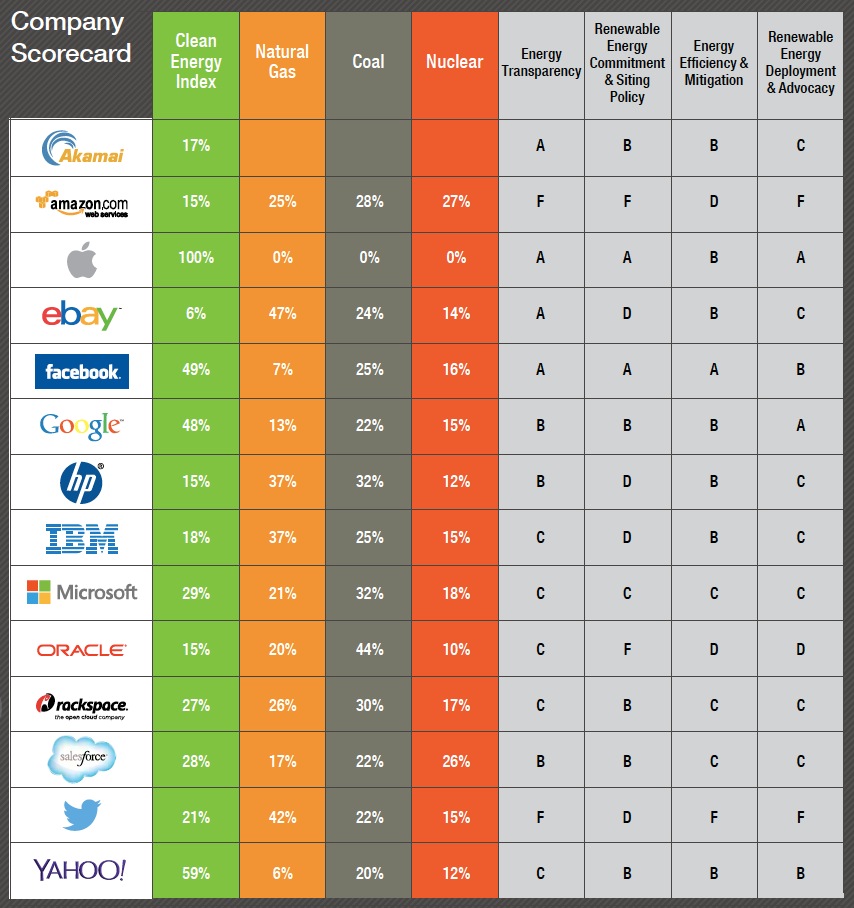
GREENPEACE
While shifting businesses to an online model can create significant gains in energy efficiency, the energy appetite of the internet continues to outstrip those gains thanks to its dramatic growth. Critically, the internet’s growing energy footprint has thus far been mostly concentrated in places where energy is the dirtiest…But there is good news to report: since our last report, How Clean is Your Cloud? (April 2012),3 leading data center operators have taken key steps toward building a green internet, particularly those companies that have committed to build a 100% renewably powered platform. These commitments are having a profound impact in the real world, shifting investment from legacy coal, gas and nuclear power plants to renewable energy technologies, and disrupting the status quo among major electric utilities.
View this complete post...
Tags: Greenpeace, Internet
Posted in
Broadband, Energy, Environment, Global, Green, Infra Views, Sustainability, Technology
Comments Off on Clicking Clean: How Companies Are Creating the Green Internet
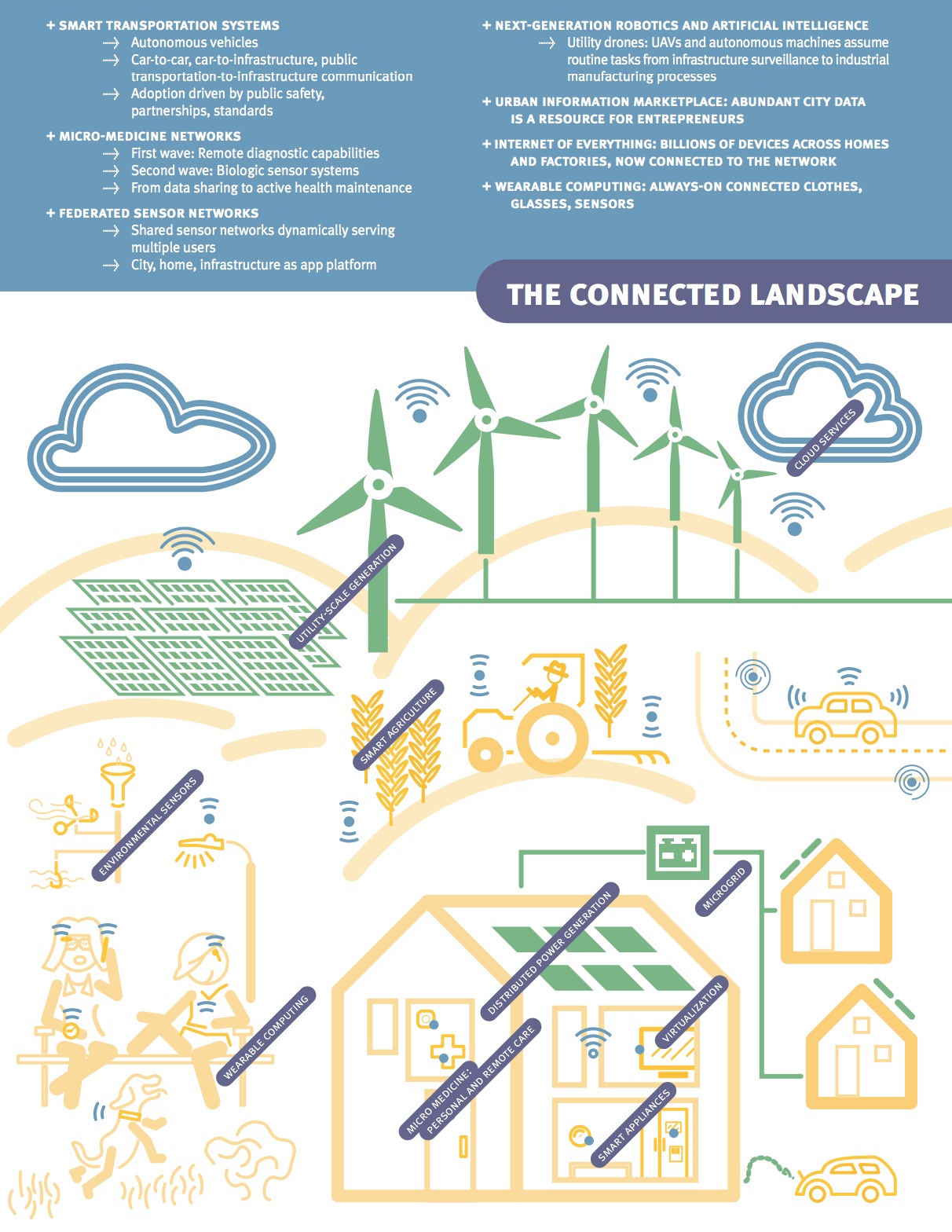















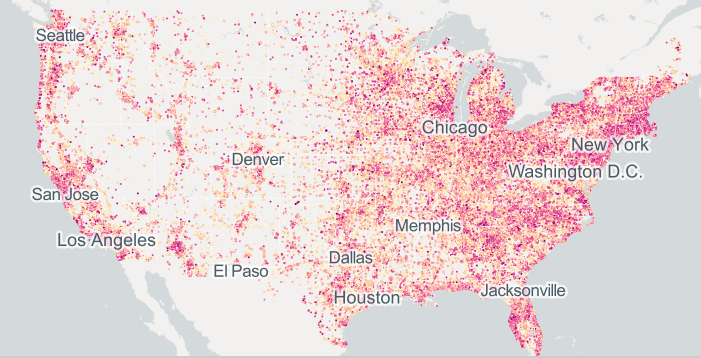
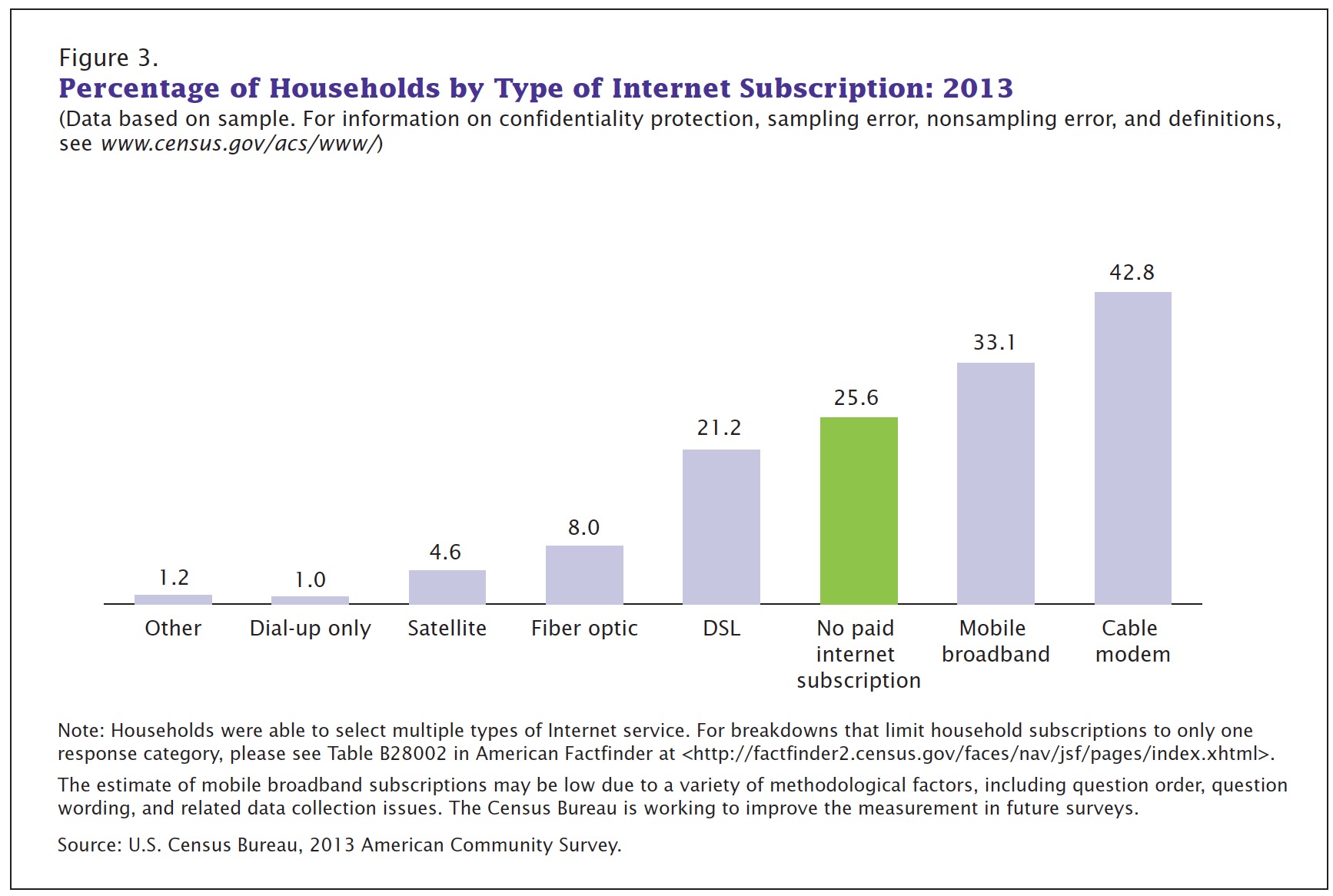

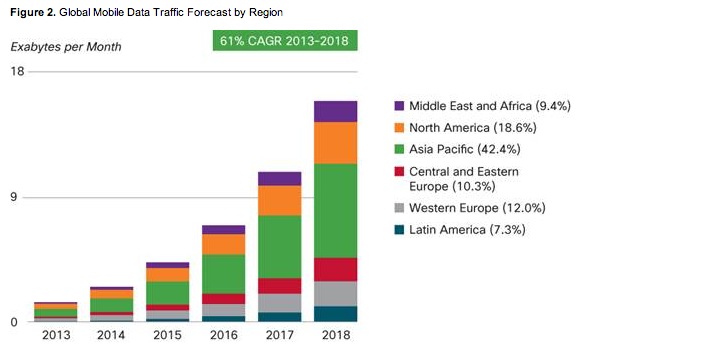

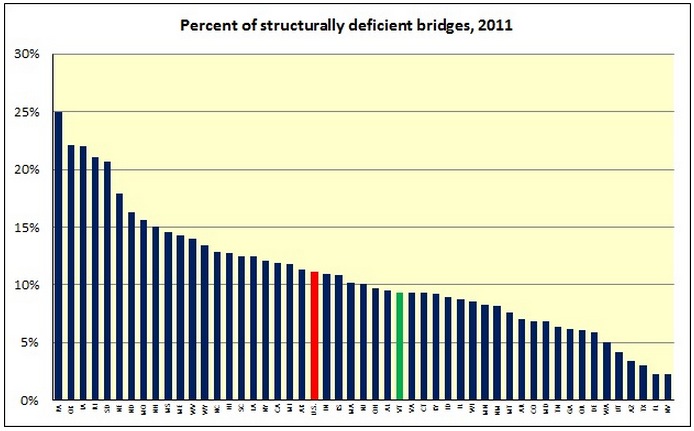

 RSS Feed
RSS Feed